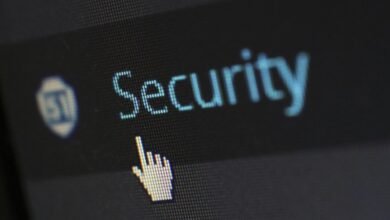Hotline Fraud Prevention & Caller Safety Agency 3881204652 3240840551 3898508747 3895805280 3510061728 3249919378

The Hotline Fraud Prevention & Caller Safety Agency addresses the growing threat of scams linked to specific phone numbers, including 3881204652 and 3240840551. By identifying common tactics used by scammers, individuals can better protect themselves. Recognizing red flags is essential, as is knowing how to report suspicious calls. Effective strategies for safeguarding personal information will be explored, highlighting the importance of vigilance in maintaining security. The agency’s resources could make a significant difference in combating fraud.
Understanding Hotline Fraud: Common Tactics Used by Scammers
Hotline fraud presents a significant threat to individuals and organizations alike, employing a variety of deceptive tactics.
Scammers often leverage social engineering techniques, manipulating victims’ emotions and trust.
Common phishing tactics include impersonating trusted entities, creating urgency, and soliciting sensitive information.
Recognizing Red Flags: Signs of a Potential Scam Call
Scam calls often exhibit distinct red flags that can alert individuals to potential fraud.
Unusual caller behavior, such as high-pressure tactics or requests for personal information, are significant warning signs.
Additionally, unsolicited calls from unfamiliar numbers or offers that seem too good to be true often indicate a scam.
Recognizing these signs empowers individuals to protect their freedom and financial security.
Resources for Reporting and Preventing Fraud
While many individuals may feel isolated when confronted with fraud, numerous resources exist to aid in both reporting incidents and preventing future scams.
Organizations such as the Federal Trade Commission and local consumer protection agencies provide vital fraud resources.
Tips for Protecting Your Personal Information From Scammers
When individuals prioritize the protection of their personal information, they significantly reduce the risk of falling victim to scammers.
To combat identity theft and phishing scams, always verify sources before sharing sensitive data. Use strong, unique passwords, enable two-factor authentication, and regularly monitor financial accounts.
Staying vigilant and informed empowers individuals to safeguard their personal information and maintain their freedom from fraudulent activities.
Conclusion
In conclusion, combating hotline fraud requires vigilance and awareness. By recognizing the tactics used by scammers, identifying red flags during calls, and utilizing available resources, individuals can fortify their defenses. Reporting suspicious activity fosters community safety while protecting personal information safeguards against future scams. Together, through education and proactive measures, we can create a resilient barrier against fraud and ensure caller safety for all. Stay informed, stay alert, and stay protected.





